A three-week safari odyssey through the highlights of Botswana and Zimbabwe last month immersed us in the fascinating wildlife and stunning scenery of this region.
Here is a series of images from this epic trip.

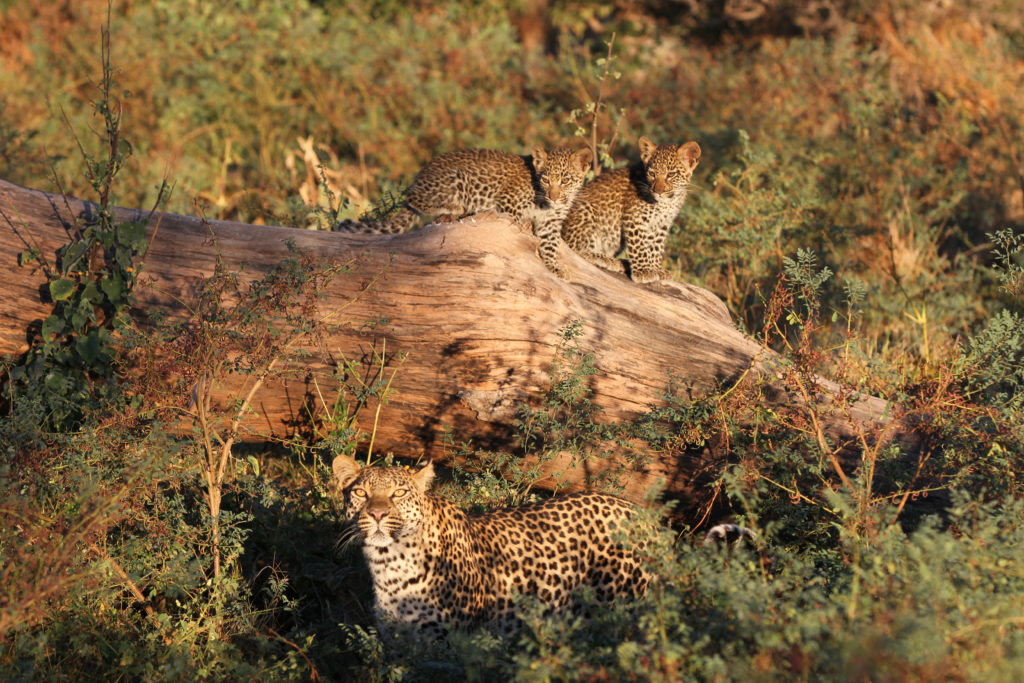
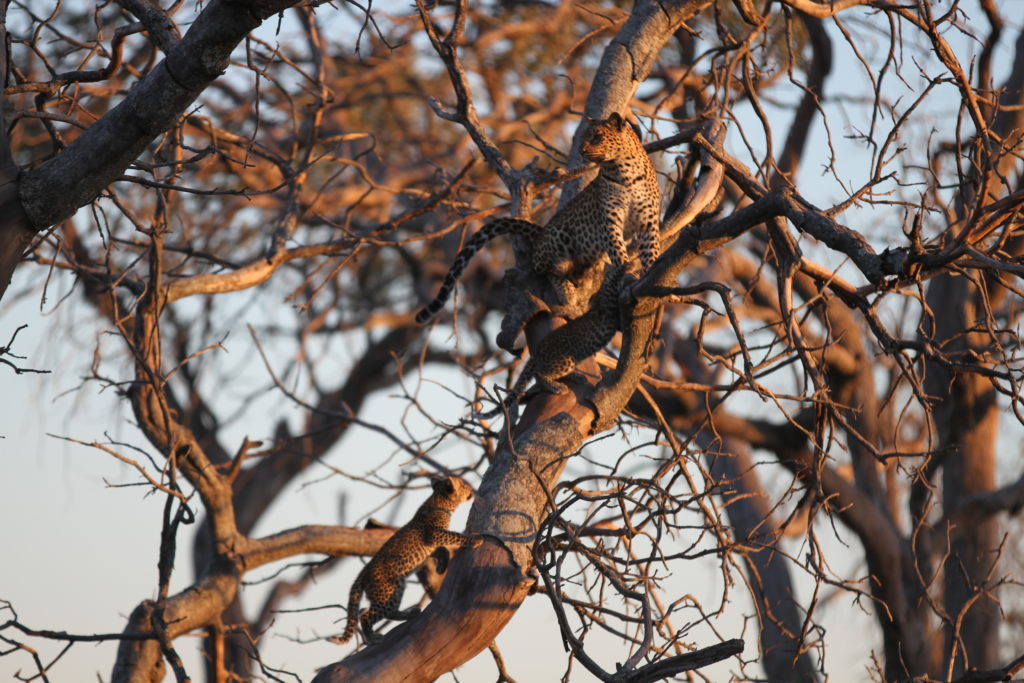

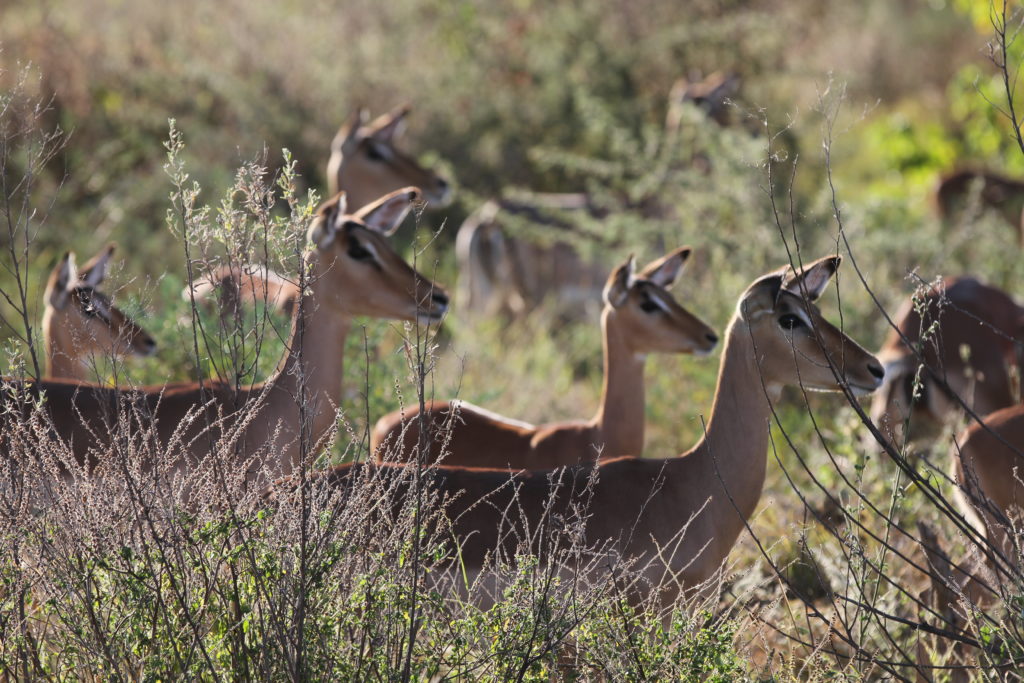
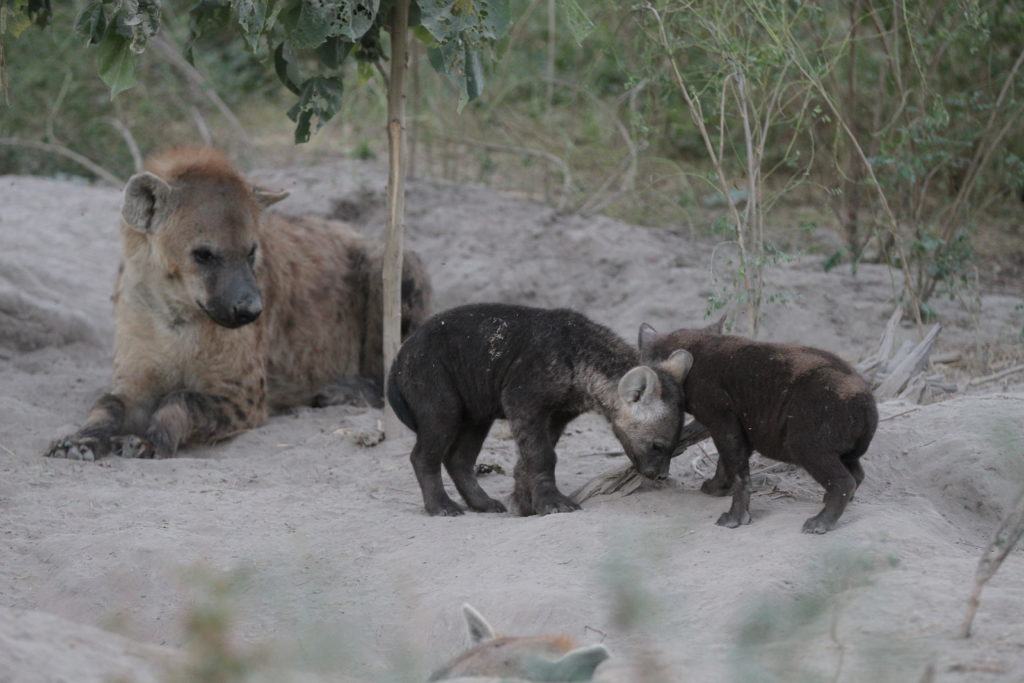



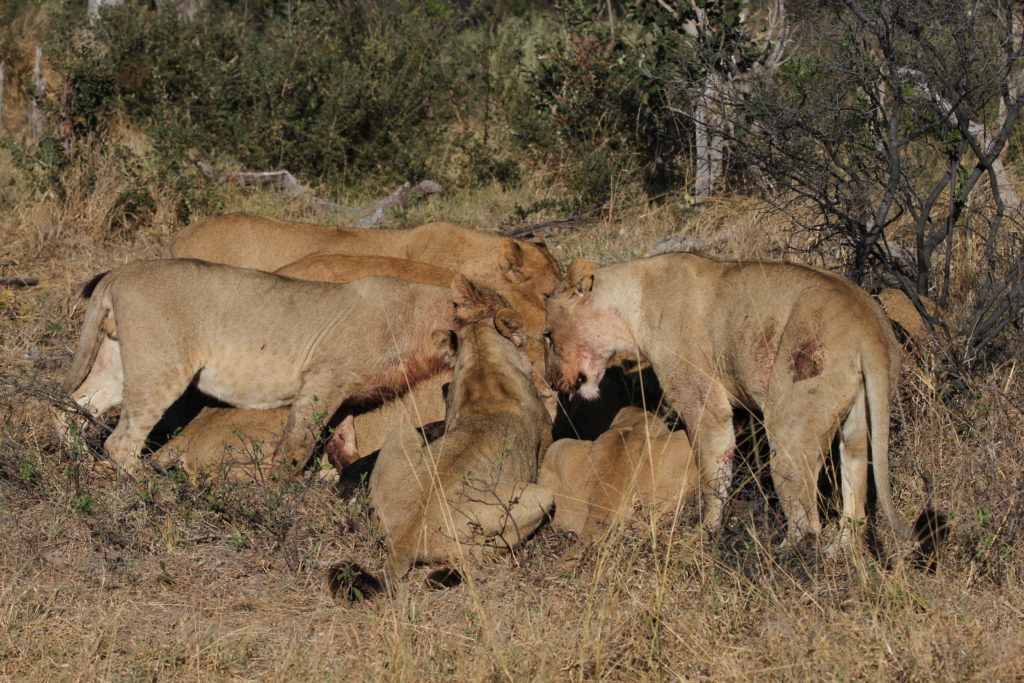

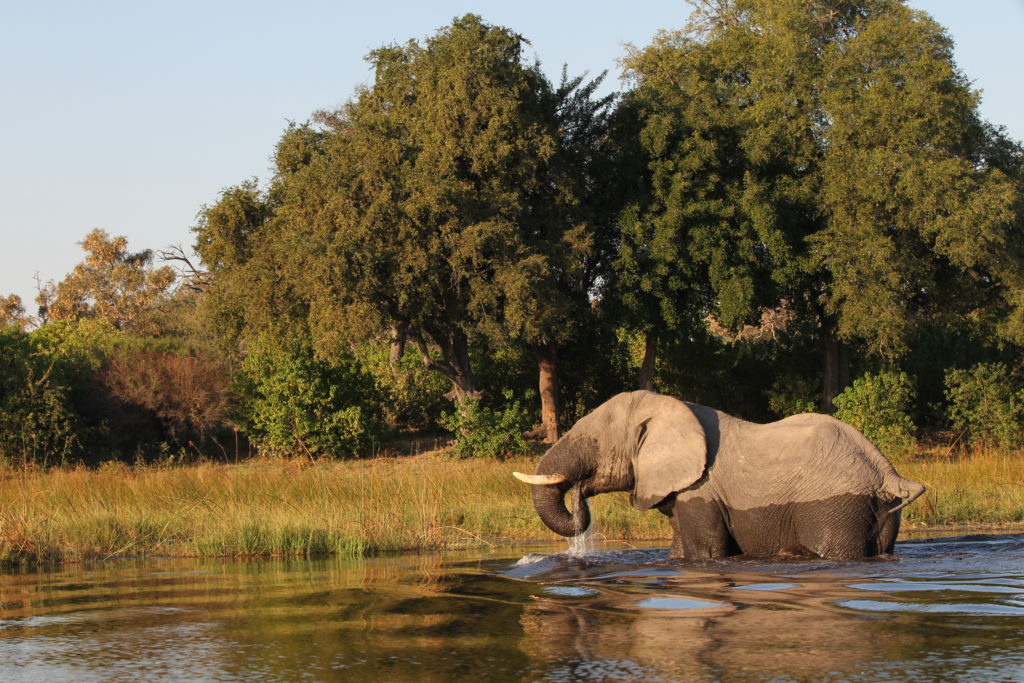




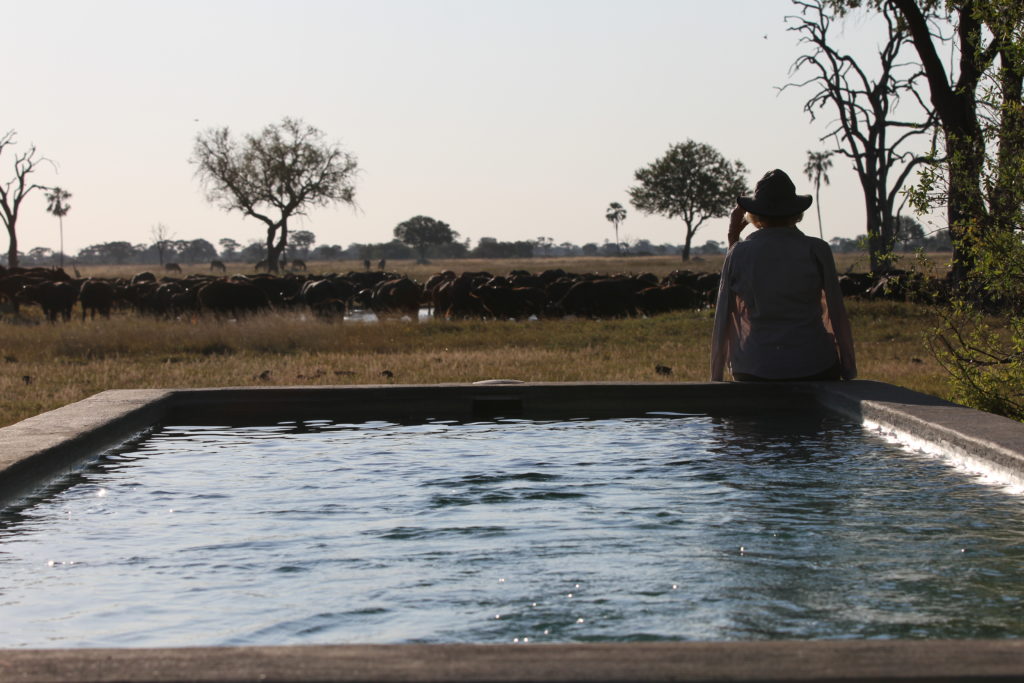
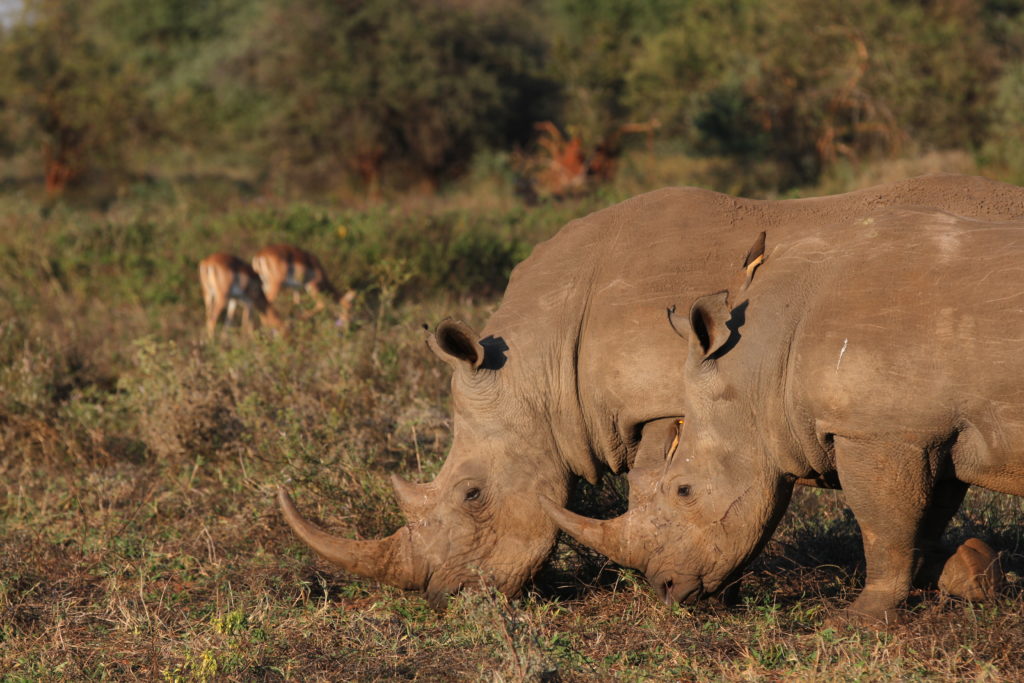

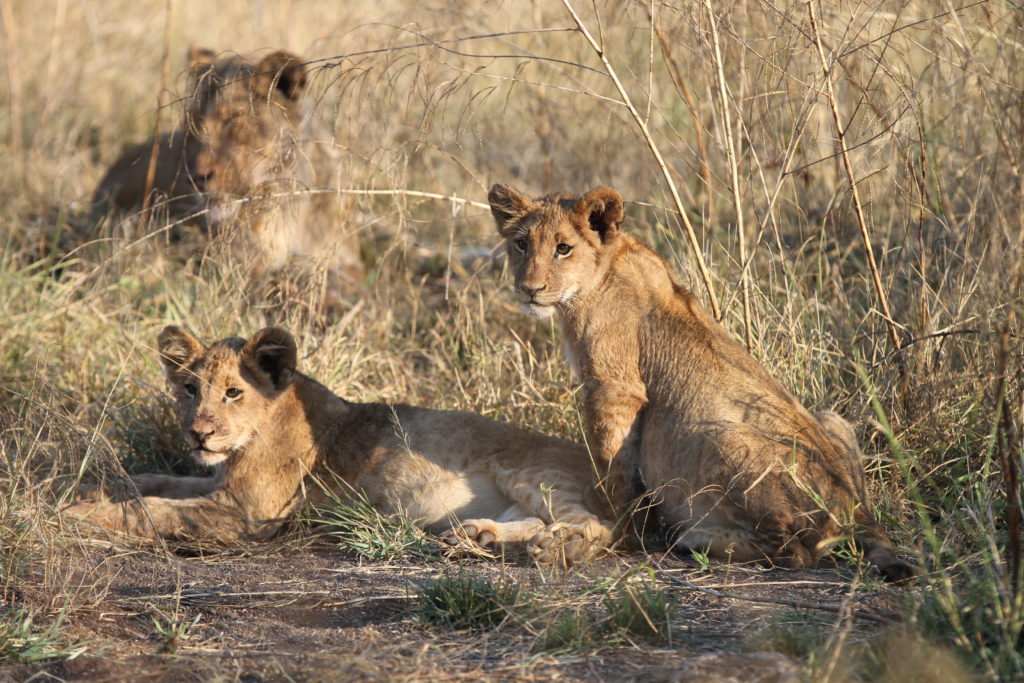

A three-week safari odyssey through the highlights of Botswana and Zimbabwe last month immersed us in the fascinating wildlife and stunning scenery of this region.
Here is a series of images from this epic trip.





















Every time I explore the vast Mara-Serengeti ecosystem I’m reminded that it truly does hold the greatest wildlife viewings on Earth. We’ve preserved some really fun and memorable moments of this magical place during a recent safari. Depending on the time of year, the Mara or the Serengeti is an absolute must for any inaugural safari, and perhaps even for a second or third safari as well! A few days under canvas in the heart of this region will be rewarded with outstanding big cat viewing, and always the chance of witnessing their mesmerizing predatory behavior.
The Mara continues to be one of the best places on the planet to observe large carnivores. On a wonderful safari in the Mara Triangle last month, we caught up with a lovely leopard and her two full-grown cubs as well as this magnificent pair of lions on their honeymoon. Thanks to Michael Lorentz for the image and video!
Lions on their honeymoon in the Mara Triangle from Stephanie Dloniak on Vimeo.
Last week, several fellow partners of Ker & Downey and I visited the eastern boundary region of Tanzania’s famed Serengeti National Park. We camped in an area that has been closed to visitors for more than a decade, and enjoyed truly exclusive access to spectacular wildlife.
In five days we saw more than 100 different individual lions, 22 cheetahs, 5 leopards, 2 honey badgers, and an incredible number of herbivores. As this new camp is so distant from all other lodging in the Serengeti, we virtually had the area all to ourselves! Between December and May of each year, these short grass plains are saturated with the great herds of wildebeest and zebra that make up the celebrated migration. And it is here that several hundred thousand wildebeest calves are born each January/February, offering a windfall to the many resident carnivores that call this land home.
Surrounded by the quintessential safari landscape of endless plains dotted with acacia trees and granite kopjes, my time there reminded me of why it was the favored private camp destination of my company through the 1980s and ’90s. I am thrilled to now be able to take my guests to this secret corner of the Serengeti. We are privileged to be a part of the gentle reopening of this remote area to low-use tourism, and the next few years offer a special opportunity to join me on safari in a place I would describe as one of the final frontiers of East African wilderness.
During a mobile camping safari, we stay at select permanent camps and lodges while our own camp moves from one wildlife area to the next. We have a very short list of properties that we consider to be the best, and we visit them often: we know the managers, local guides, and wildlife well, and our guests are guaranteed a special experience during their stay.
One of our favorites over the past few years has been Laragai House on the Borana Conservancy. We have loved observing elephants at very close range as they drink from a small water hole next to the front porch, as well as when they swim in the dam below the house – viewable from the breakfast table.
The lodging is exquisite and exclusive: whenever we stay at Laragai we take over the entire house. Visit their website here to see what the interiors are like. While we certainly spend a lot of time relaxing by the two gigantic fireplaces in the central room, we also always enjoy horseback riding, swimming, game drives, and picnics during our stay. Tennis, a visit to the owners’ farm, and a helicopter flight to fish on a Mt. Kenya lake are also often on the itinerary.
We have had excellent viewings of wild dogs and leopards, and spend a considerable amount of time with the elephants. We also track lions here: Borana is home to a huge pride monitored by the Living with Lions team. We were also excited to recently hear that the fence between Lewa Downs and Borana may soon be taken down, in order to allow movement of rhinos throughout both conservancies. With more than 600 rhinos illegally killed for their horns in 2012, rhinos need all the help they can get, and we are happy to support Borana with their efforts by staying at Laragai often.